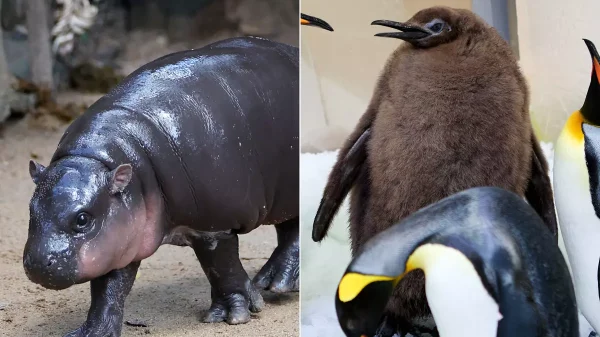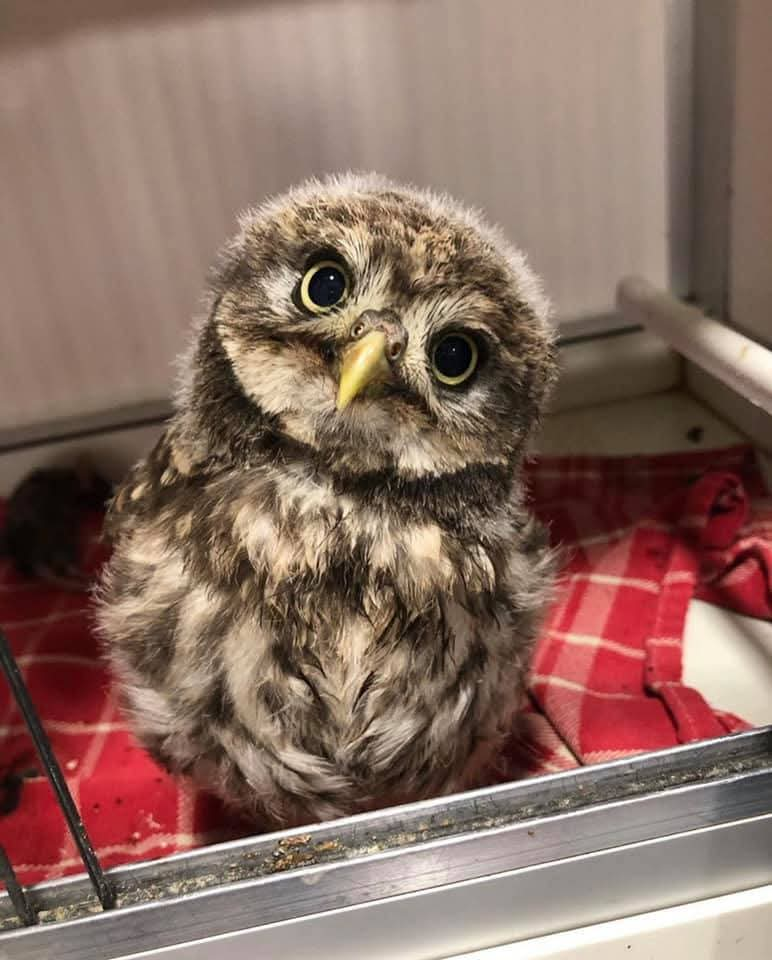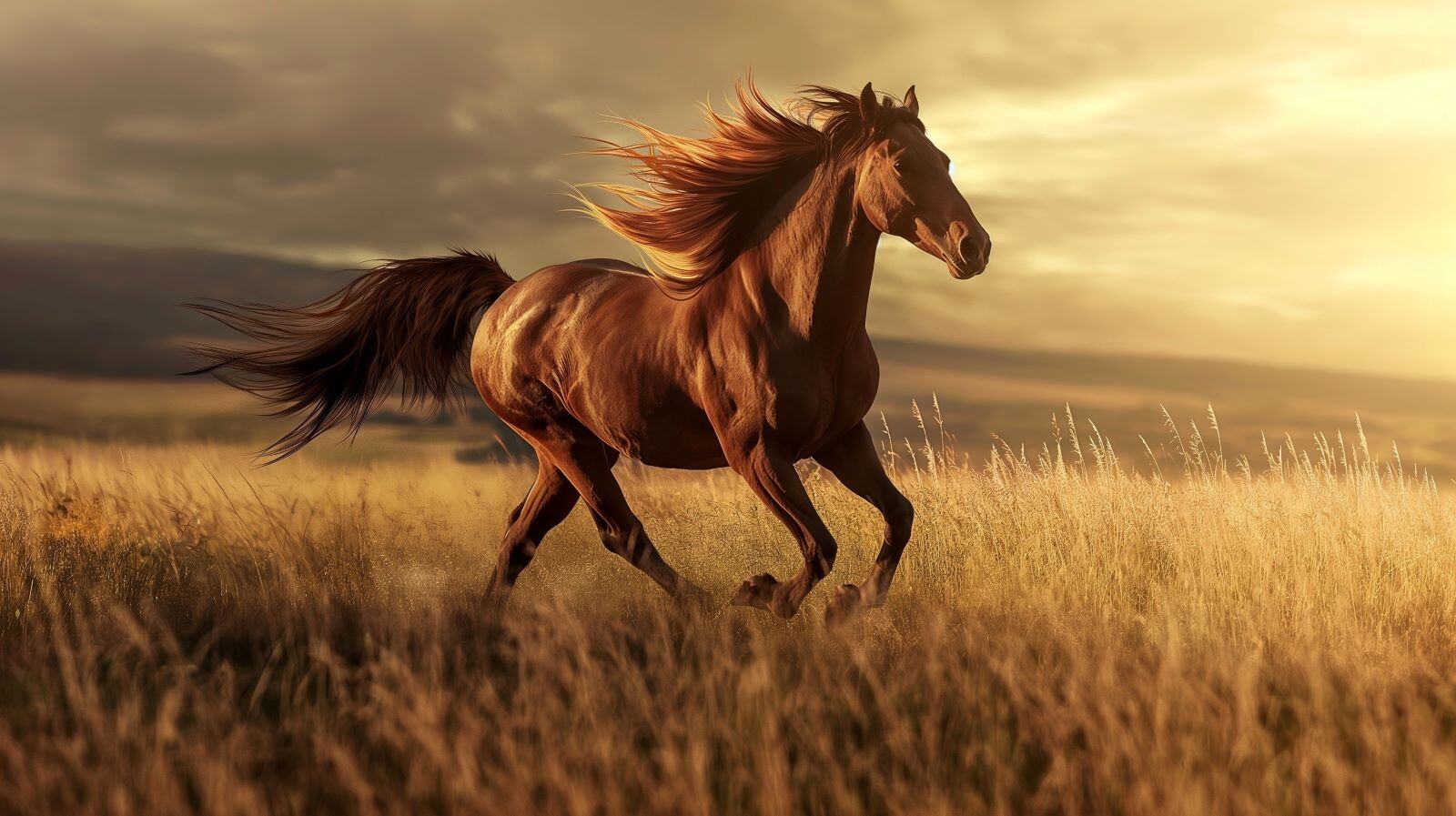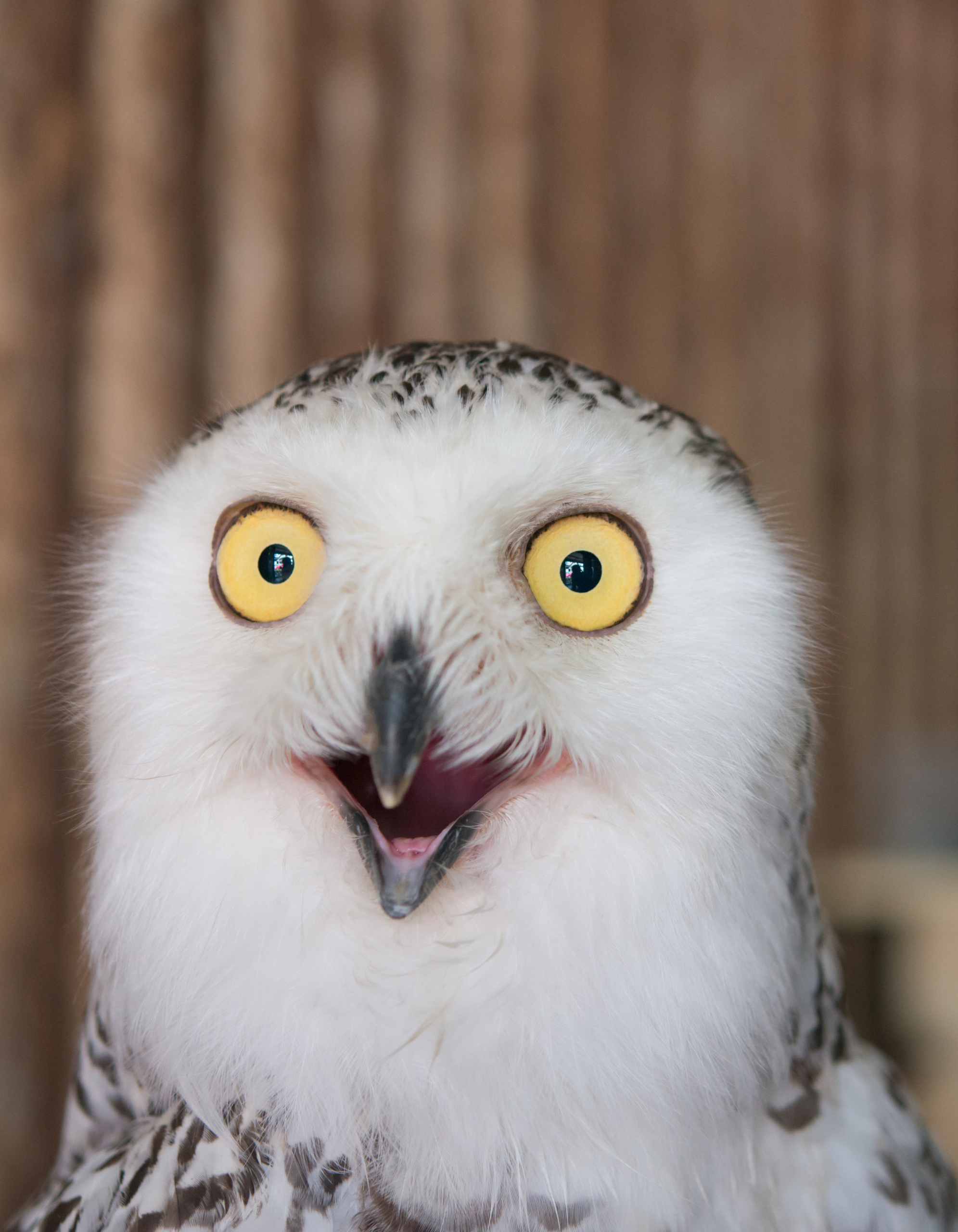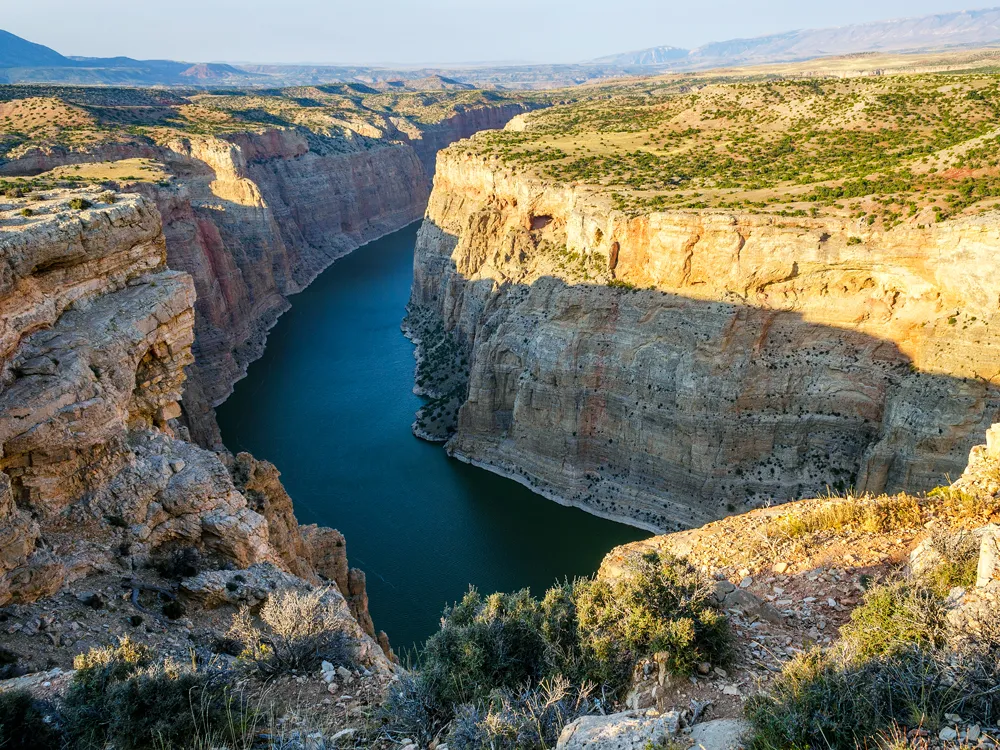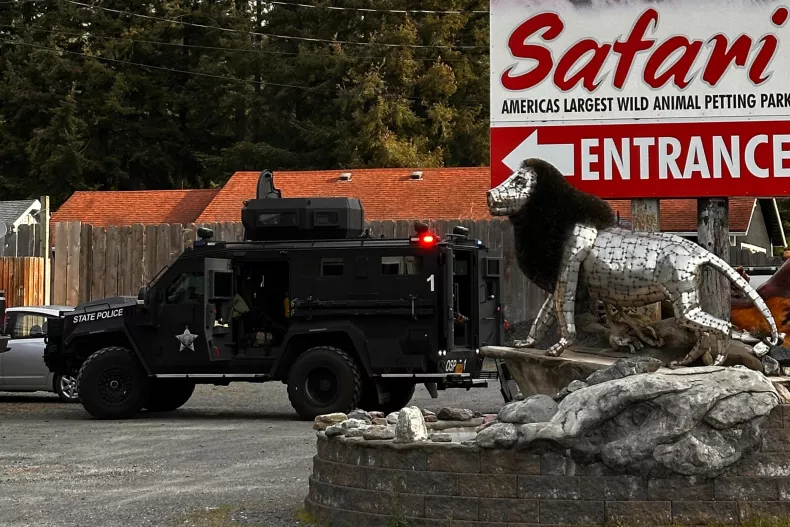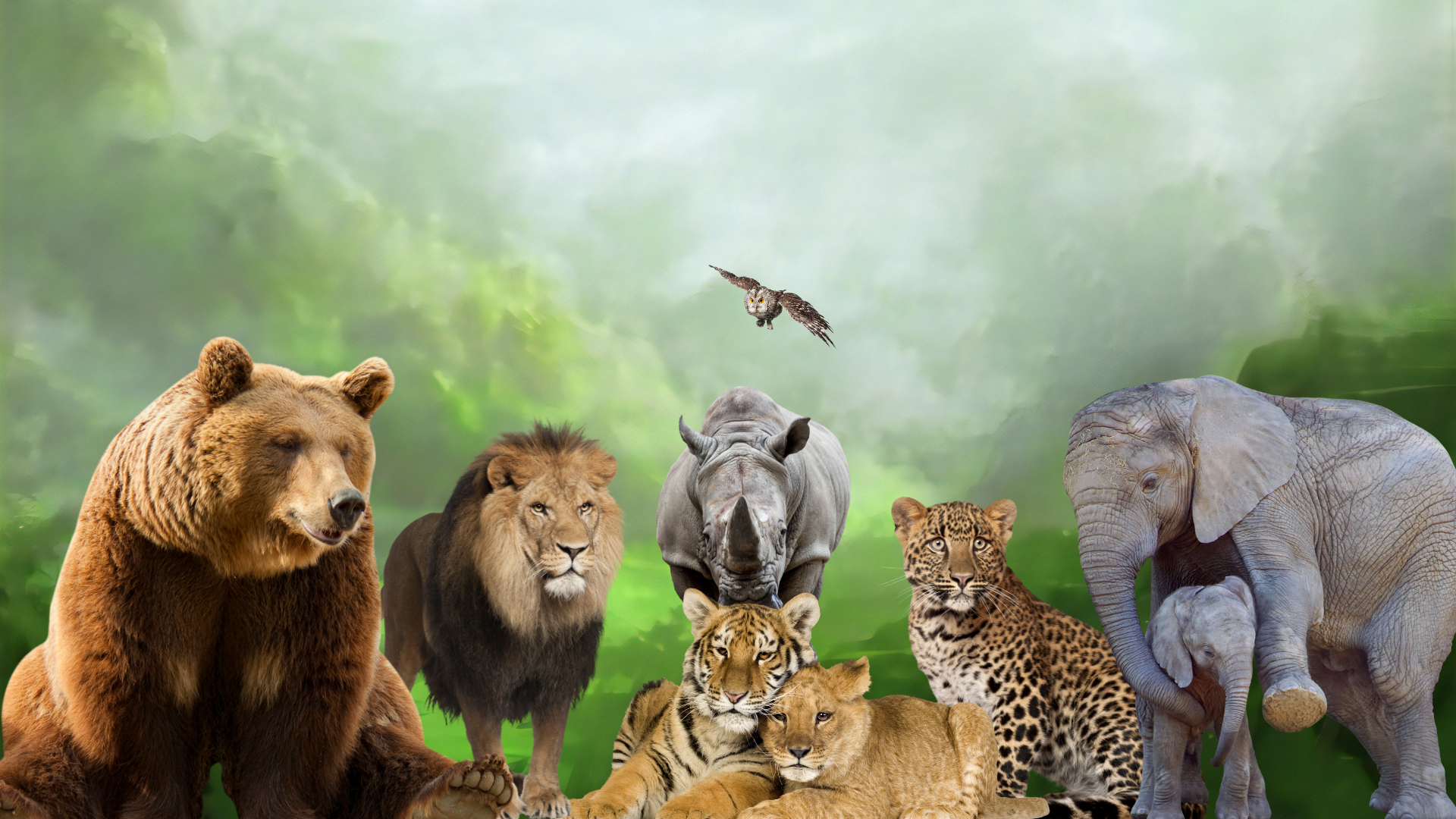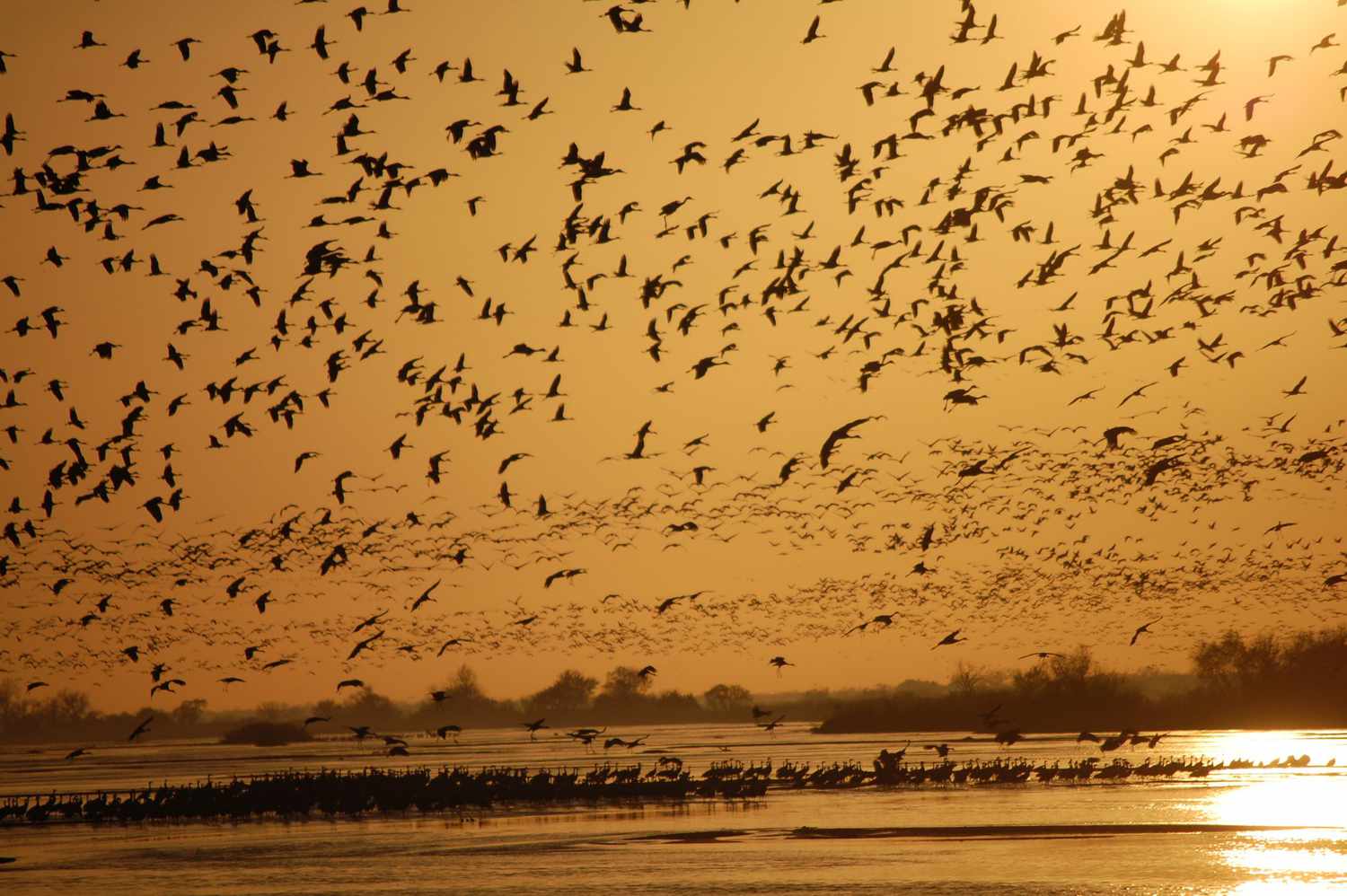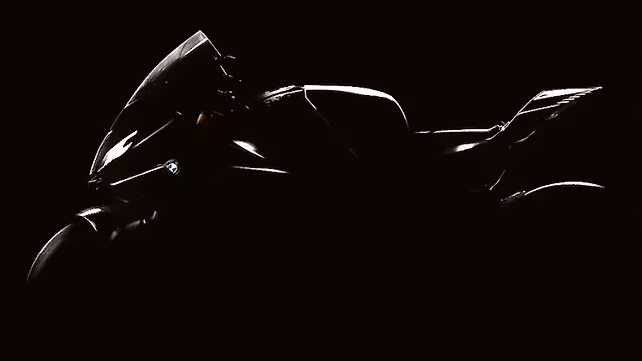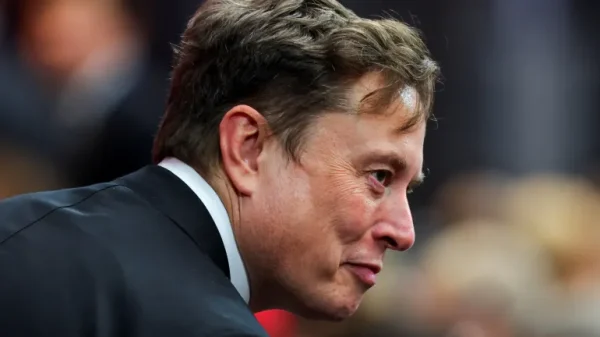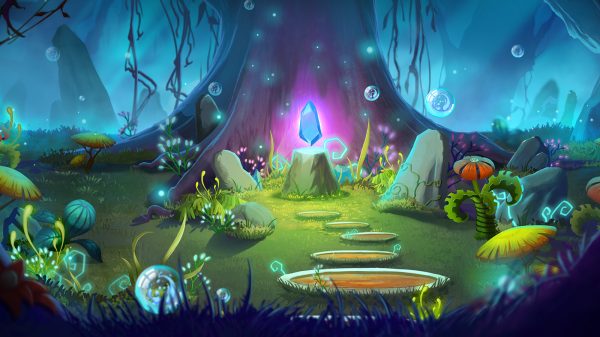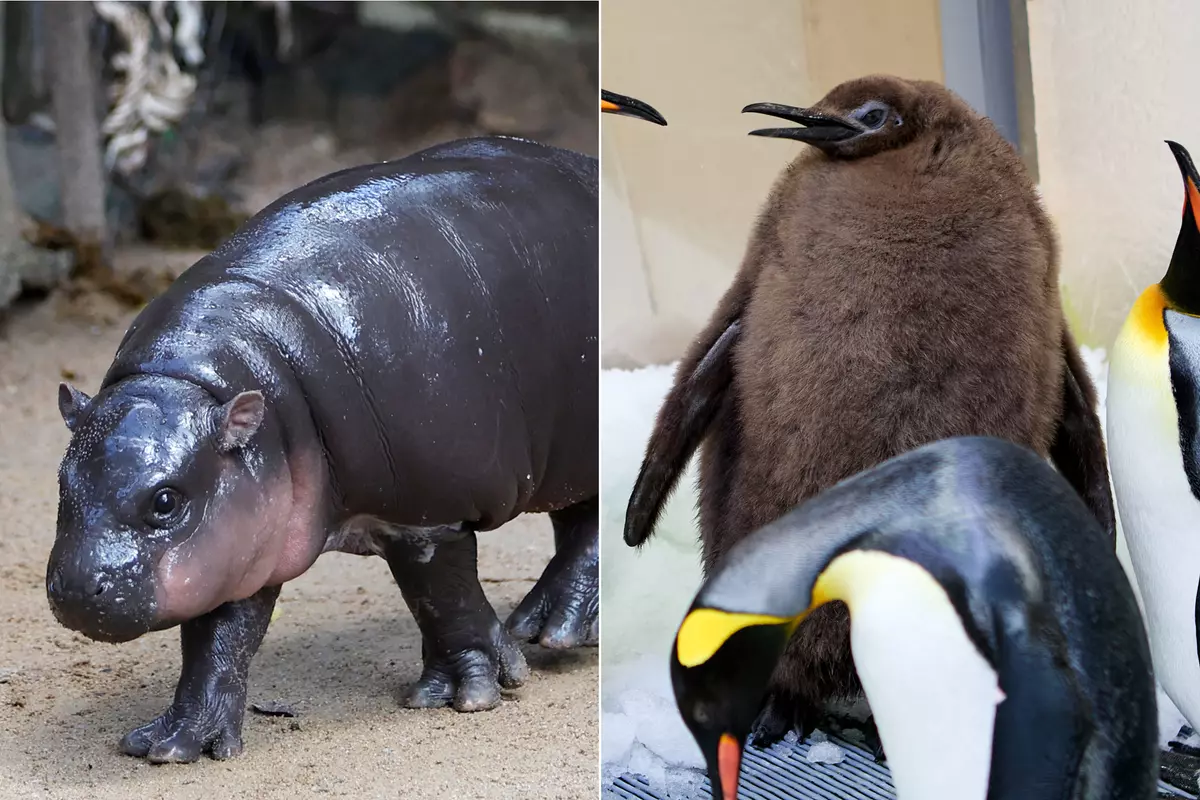In recent years, the rise of viral animal stars on social media has reignited the ongoing debate about the role of zoos in conservation versus animal welfare. Penguins, pygmy hippos, and other wild creatures have amassed millions—even billions—of followers online, captivating audiences worldwide. But their digital fame also shines a spotlight on a complicated conflict: should animals be kept in captivity for human enjoyment and education, or should their welfare take absolute precedence?
Take Pesto, a penguin who became an internet sensation with over 1.9 billion followers on TikTok. So popular is Pesto that typing his name into the app yields the penguin as the top result—outranking the famous sauce. Similarly, Moo Deng, a playful pygmy hippopotamus from Thailand’s Khao Kheow Open Zoo, also went viral, drawing unprecedented crowds to the zoo.
Zoos like Khao Kheow and Melbourne’s Sea Life Aquarium have noticed a surge in visitors eager to see these viral stars in person. According to Michaela Smale, a senior keeper at Sea Life Melbourne, people are no longer coming just for shows or coffee—they come to see Pesto. Moo Deng’s popularity prompted the zoo to limit viewing times and post signs requesting visitors not to provoke or throw things at her.
However, the growing fame of these animals has also sparked concern. Animal rights organizations such as PETA argue that the quality of life for animals like Moo Deng is compromised, urging zoos to focus more on conservation efforts that protect animals in their natural habitats.
Professor James Watson, a conservation scientist from the University of Queensland, offers a nuanced perspective. He acknowledges the important role zoos have played in fostering a love for wildlife—especially in children—and promoting conservation. “The science is pretty clear-cut,” he said. “People commit to nature conservation when they love it, when they experience it and feel joy around it. Zoos have played an important role in that.”
Yet, Watson warns against anthropomorphising wild animals for mere entertainment. “Any caged animal is in an environment it doesn’t really want to be,” he said. The ethical balance between protecting species and ensuring individual animal welfare remains a tricky conundrum. He stresses that with incredible wildlife footage now accessible online, zoos are no longer the only way to connect people with animals—and it’s valid to question why an animal is kept in captivity. If the purpose is solely entertainment, the public has every right to judge if that’s cruel.
In this digital age, the viral fame of animals like Pesto and Moo Deng forces us to reconsider what it means to care for wildlife. Is it possible to balance conservation, education, and entertainment while respecting the welfare of individual animals? The answer is complex, but one thing is clear: our relationship with wildlife is evolving, and with it, the role of zoos must adapt to reflect both compassion and conservation.

